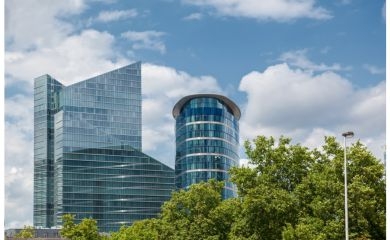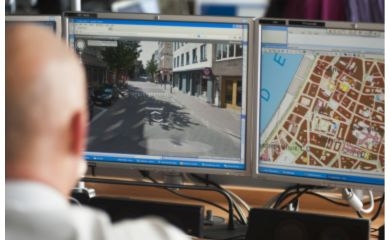Engie Laborelec deploys AI for urban lighting design with attention to biodiversity

Tendering urban street lighting smarter and faster, with an important role for biodiversity data. To this end, technology consultant Engie Laborelec and geodata specialist GIM developed an AI pilot project that maps ground cover and light points.
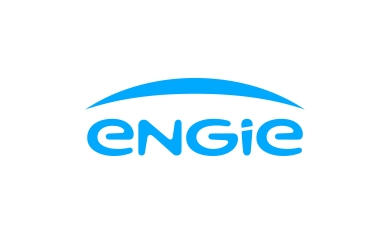
Towards sustainable street lighting
That street lighting has an impact on biodiversity is well known. But planning new urban lighting often lacks the right data to take this into account. This is where Engie Laborelec, innovation expert in electrical energy, wants to do something about it. Together with GIM, their research and innovation department developed a methodology that engineers can apply to help lighting providers and other governments move to more sustainable outdoor lighting, with biodiversity information in mind.
"The deployment of the AI model has two objectives," explained Yvan Sacovy, Lighting Expert at Engie Laborelec: "On the one hand, we want to consider biodiversity and light pollution in a systematic way. On the other hand, we aim to accelerate the design of high-quality lighting solutions that focus on safety, comfort and minimum energy consumption."
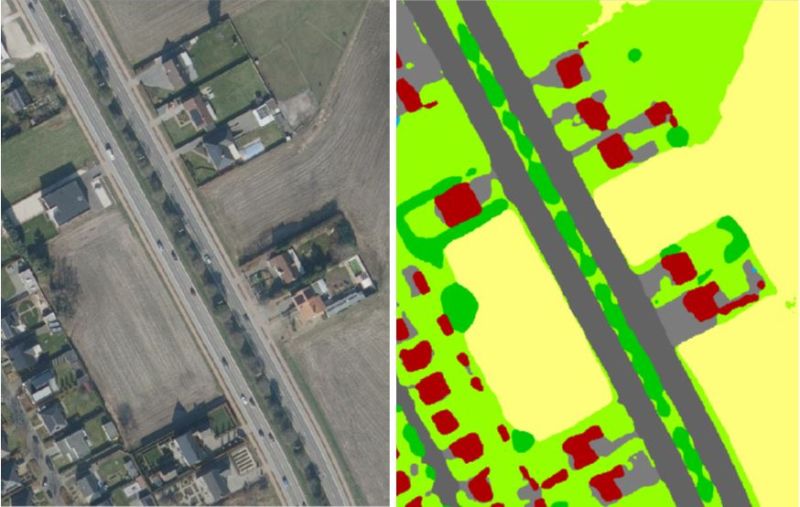
Paved and unpaved surfaces
For this pilot project, GIM deployed an AI model that automatically maps land cover and light points. Yvan Sacovy: "This map classifies, on the one hand, the light points and, on the other hand, the ground cover , distinguishing between paved and unpaved surfaces. We then use that output to derive certain parameters about the environment around the light poles, such as streets, waterways, land use and so on. This makes it possible to offer lighting adapted to the needs of users while taking into account the immediate environment."
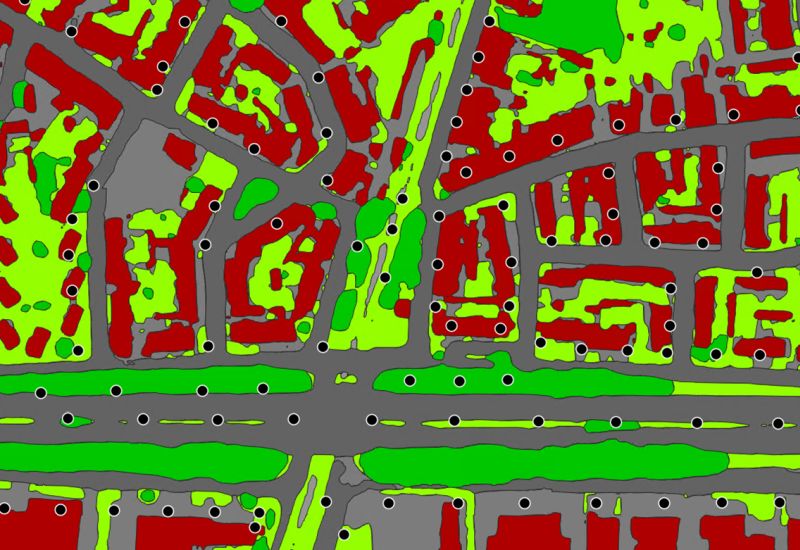
Meanwhile, the test concept has already been applied to two different types of images: orthophotos and satellite images. Yvan Sacovy: "The first results are already promising. We are now looking further into how to convert this methodology into an operational tool."
Successful collaboration continued with new web tool LightSquare
A follow-up project that fits seamlessly with the AI pilot model is LightSquare: a web tool that suggests the most efficient implantation for new urban lighting based on various geodata sets.
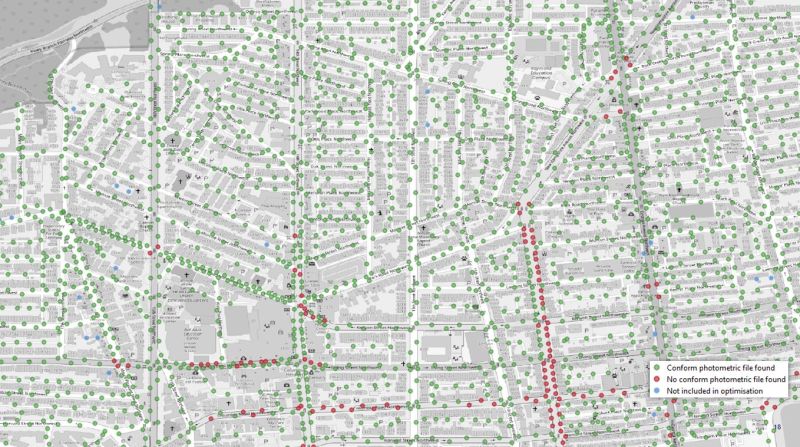
Yvan Sacovy: "With LightSquare, the user easily compares different scenarios to arrive at the best result. The advantage of the tool is that the process is fully automated and standardized, giving the user full confidence in the chosen solution. In time, we want to use the data from the AI model as input for LightSquare to make it more accurate and relevant to the designed solutions."

Contact us
Your input was sent successfully.
Error
Your contact person

Lena Brondeel
+32 16 40 30 39 +32 16 40 30 39
Service Desk
Already a customer? How can we help you?
Service Desk
